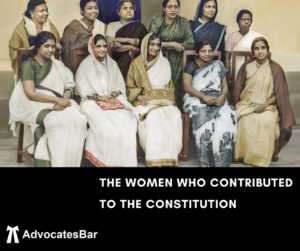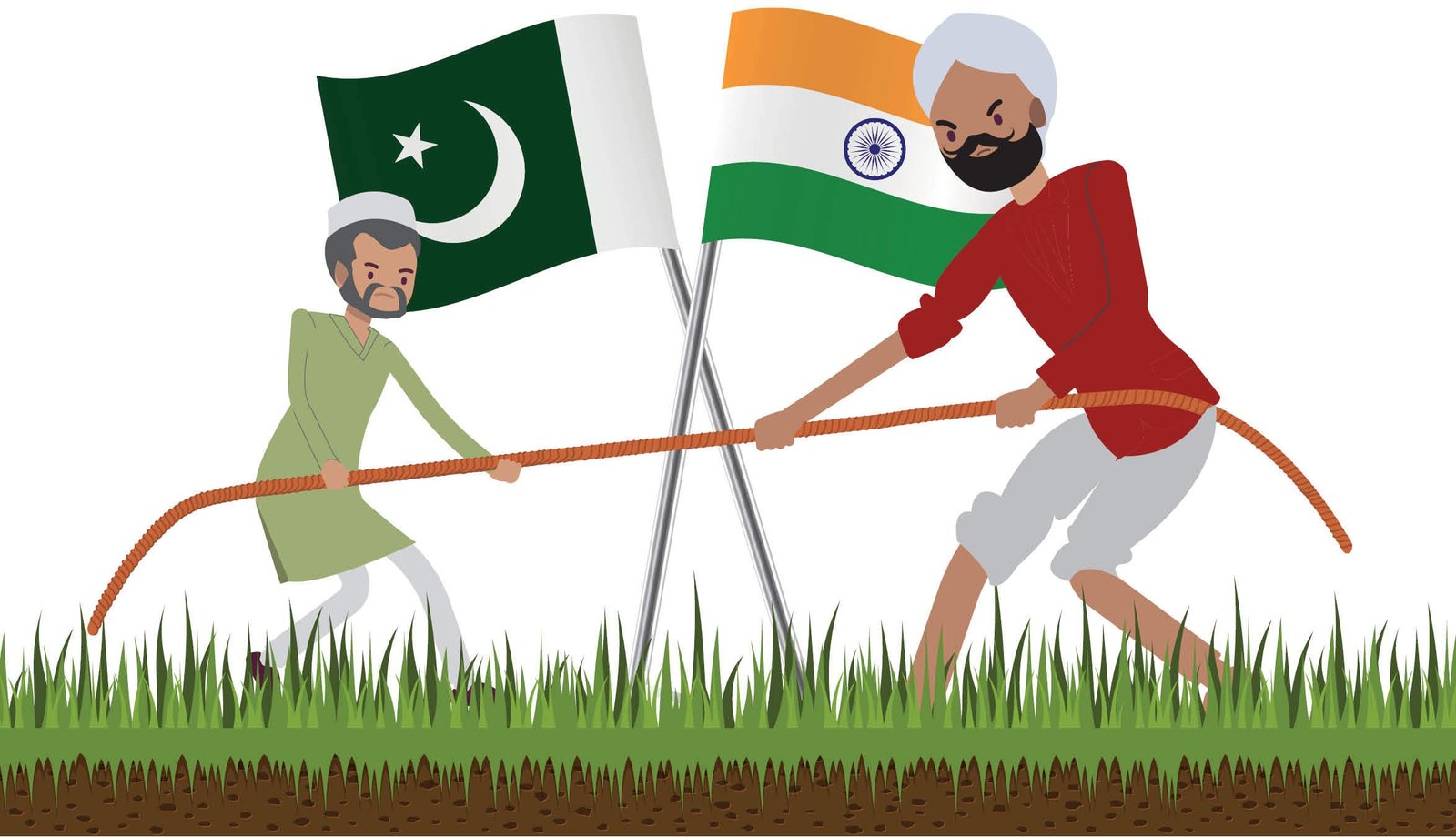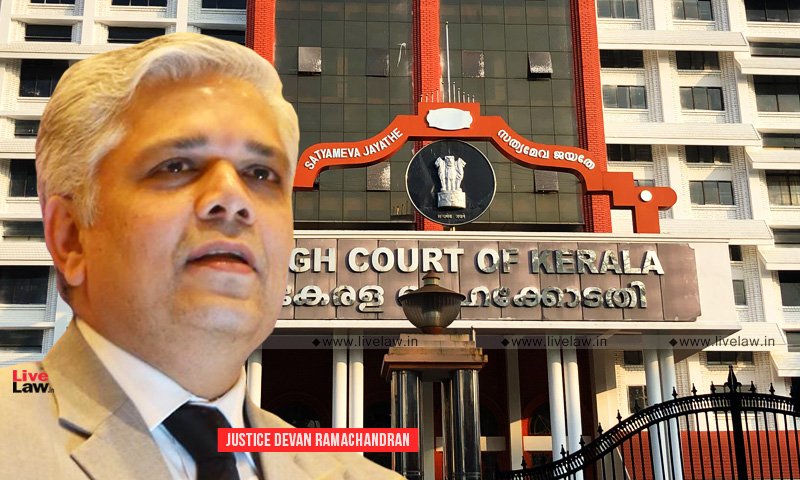Architects of Democracy: Voices and Visions in India’s Constituent Assembly
The Constituent Assembly of India was an important corner in India’s hunt for republic. Formed in 1946 to draft a new constitution, the Assembly was made up of some of the country’s most important political numbers and thinkers. This blog post will take a near look at the people who made up the Constituent Assembly and the fancies they had for India’s future. It’ll explore the debates, ideas, and compromises that defined the Assembly’s work and eventually redounded in the establishment of one of the world’s largest republic.
1. The Leaders of the Assembly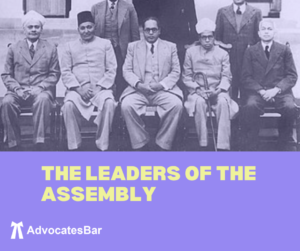
The Constituent Assembly of India was composed of some of the most influential and visionary leaders of their time. These leaders played a pivotal part in shaping the future of India’s republic. They came from different backgrounds, representing different political testaments, regions, and social classes. Their collaborative leadership and commitment to the idea of a popular India laid the foundation for a new nation.
One of the crucial leaders of the Assembly was Dr.B.R. Ambedkar, who was the president of the drafting commission and is frequently regarded as the mastermind of the Indian Constitution. As a champion for the rights of marginalised communities, Ambedkar played a vital part in icing that the Constitution handed for social justice and equivalency for all. Another prominent leader was Jawaharlal Nehru, the first Prime Minister of India.
Known for his poetry and progressive vision, Nehru emphasised the significance of denomination and a mixed frugality. He believed in erecting a ultramodern, industrialised India that would be tone- reliant and socially just. Sardar Vallabhbhai Patel, known as the” Iron Man of India,” played a pivotal part in the integration of kingly countries into the Indian Union.
His leadership and politic chops were necessary in creating a united India. These leaders were joined by numerous others, similar as Rajendra Prasad, Maulana Abul Kalam Azad, and Sarojini Naidu, each bringing their unique perspectives and ideas to the table. Their commitment to the principles of republic, liberty, and justice guided their opinions and shaped the future of India.
The leadership of the Constituent Assembly was marked by lively debates and conversations. While there were differences of opinion, the leaders eventually prioritised the lesser good of the nation over their individual testaments. They demonstrated a remarkable capability to find common ground and reach agreement, performing in a Constitution that reflects the different bournes and values of the Indian people.
2. The Visionaries of the Assembly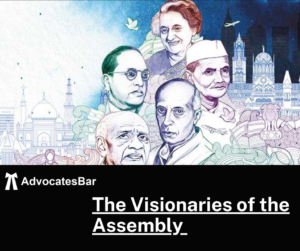
In addition to the influential leaders, the Constituent Assembly of India was also filled with brilliant and forward- allowing visionaries. These individualities brought unique perspectives and ideas to the table, pushing the boundaries of what a popular India could come. One of these visionaries was Maulana Abul Kalam Azad, a prominent freedom fighter and scholar. Azad believed in the power of education and fought for a temporal and inclusive India.
His vision emphasised the significance of artistic diversity and the need to celebrate and save India’s rich heritage. Another visionary wasDr. Rajendra Prasad, who came the first President of India. Prasad was deeply committed to the weal of the common man and supported for pastoral development and social justice. His vision included empowering the marginalised and upping the crushed, icing that no citizen would be left before. Munshi was another crucial visionary in the Constituent Assembly.
As a pen and social leftist, Munshi envisaged a progressive India that embraced fustiness while staying embedded in its traditional values. He believed in the significance of artistic exchange and wanted India to have a strong presence on the world stage. These visionaries, along with numerous others, played a pivotal part in shaping the Constitution of India.
They participated a common thing of erecting a popular society that handed equal openings for all. Their fancies guided their opinions and told the direction of the Assembly’s work. The visionaries of the Constituent Assembly weren’t only ahead of their time but also deeply connected to the palpitation of the nation. They honoured the eventuality of a united India and strived to produce a society that would stand as a lamp of republic and justice.
3. The Women Who Contributed to the Constitution
The Constituent Assembly of India wasn’t only comprised of influential leaders and visionaries, but it also included several remarkable women who made significant benefactions to the drafting of the constitution. While their names may not be as well- known as some of the manly leaders, their sweats were necessary in shaping the future of India. One of these exceptional women was Sarojini Naidu, also known as the” Nightingale of India.” An accomplished minstrel and activist, Naidu played a pivotal part in representing the interests of women in the Assembly.
She supported for women’s rights and fought for gender equivalency, icing that the Constitution would cover the rights and interests of all citizens, anyhow of their gender. Another prominent woman in the Assembly was Hansa Mehta, an educator and social leftist. Mehta lifelessly supported the cause of women’s education and commission, emphasising the significance of furnishing equal openings to all.
Her benefactions to the Assembly’s debates and conversations assured that the Constitution would promote gender equivalency and pave the way for women’s progress in Indian society. Amrita Rao was another influential woman who made her mark in the Constituent Assembly. As a fierce advocate for social justice, Rao brought attention to the rights of marginalised communities and pushed for their addition in the Constitution.
Her fidelity to the principles of equivalency and justice assured that the Constitution would guard the rights and interests of all citizens, anyhow of their social or profitable background. These women, along with numerous others, fought lifelessly to insure that the Constitution reflected the bournes and requirements of all Indians. Their benefactions to the drafting process were inestimable, as they brought unique perspectives and perceptivity that amended the conversations and debates in the Assembly.
4. Debates, conversations, and difficulties 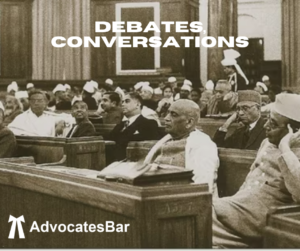
Debates, conversations, and difficulties were a abecedarian part of the Constituent Assembly of India’s work. The Assembly comported of leaders, visionaries, and intellectualists who held strong and frequently differing opinions on colourful issues. These debates were essential in shaping the final outgrowth of the Indian Constitution and defining the principles that would guide the recently formed nation. One of the crucial debates in the Constituent Assembly revolved around the question of whether India should have a presidential or administrative system of government.
While some members supported for a presidential system, arguing that it would give stability and effective governance, others favoured a administrative system, which they believed would be more representative and responsive to the different requirements of the country. Another significant debate centred on the reservation of seats for marginalised communities. While numerous members of the Assembly honoured the literal and systemic shafts faced by these communities and supported reservation programs, others raised enterprises about the eventuality for rear demarcation and the impact on meritocracy.
Conversations also took place on the part of religion in the Indian state. While India’s Constitution eventually declared it a temporal nation, the conversations around this issue were complex and occasionally contentious. Some members argued for a more prominent part for religion, while others claimed on a strict separation of religion and state. difficulties arose throughout the drafting process, with members nonconcurring on motifs similar as language policy, citizenship, and abecedarian rights.
These debates and difficulties weren’t only reflective of the different shoes within the Assembly but also demonstrated the commitment of its members to icing that the Constitution reflected the values and bournes of all Indians. Despite the differing opinions and heated conversations, the members of the Constituent Assembly demonstrated remarkable resoluteness in chancing common ground and reaching agreement. They understood the significance of concession and prioritised the lesser good of the nation above their individual testaments.
Their capability to navigate these debates and difficulties redounded in a Constitution that not only addressed the immediate enterprises of the time but also handed a frame for unborn generations to shape and ameliorate upon. The debates, conversations, and difficulties that took place in the Constituent Assembly were a testament to the vibrant and participatory nature of Indian republic.
They instanced the spirit of open dialogue and the amenability to hear to and learn from different perspectives. While there were really dissensions and conflicts, these conversations eventually strengthened the foundation of Indian republic and set the stage for a further inclusive and progressive nation.
5. The heritage of the Constituent Assembly 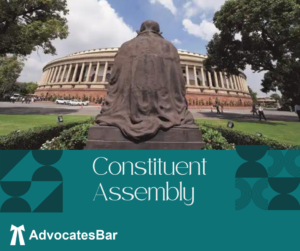
The Constituent Assembly of India left behind a important and continuing heritage that continues to shape the nation moment. Through their devoted work, the leaders, visionaries, and women of the Assembly laid the foundation for one of the world’s largest republic. The Constitution drafted by the Constituent Assembly established the principles of republic, liberty, and justice that form the bedrock of Indian society. It handed a frame for the government, defined the rights and liabilities of citizens, and assured the protection of individual liberties.
The Assembly’s commitment to these ideals set a precedent for unborn generations and served as a guiding light in times of political and social bouleversement. The heritage of the Constituent Assembly also extends to its commitment to inclusivity and equivalency. The Assembly honoured the significance of social justice and the commission of marginalised communities. The reservation programs enforced for slated gentries, slated lines, and Other Backward Classes are a testament to this commitment and have helped ground literal difference and hoist underprivileged groups.
also, the Constituent Assembly’s emphasis on denomination and religious forbearance has fostered a different and harmonious society. By feting and esteeming the religious beliefs and practices of all its citizens, the Constitution has played a pivotal part in maintaining India’s artistic and religious diversity. The enduring heritage of the Constituent Assembly lies in its capability to acclimatise and evolve. The Constitution has been amended over time to address new challenges and bournes , icing that it remains applicable and responsive to the changing requirements of the nation.
The visionaries and leaders of the Constituent Assembly created a Constitution that reflects the dreams and bournes of the Indian people. Their commitment to republic, equivalency, and justice continues to inspire and guide the nation as it strives to fulfil the pledges made by the Constitution.
Conclusion
In conclusion, the Constituent Assembly of India was a remarkable and transformative moment in the country’s history. It brought together visionary leaders, forward- allowing intellectualists, and valorous women who had a participated commitment to republic, equivalency, and justice. Through their fidelity and inexhaustible sweats, they created a Constitution that not only laid the foundation for one of the world’s largest republic but also reflected the dreams and bournes of the Indian people.
The leaders of the Constituent Assembly, similar asB.R. Ambedkar, Jawaharlal Nehru, and Vallabhbhai Patel, displayed exemplary leadership and a remarkable capability to find common ground. They prioritised the lesser good of the nation over their individual testaments and worked towards erecting a society that was inclusive, progressive, and socially just.
Also Read : Liberty And Security: The Delicate Dance Of Individual Rights
Also Read : Insider Tips and Tricks for Navigating Digital Marketing


